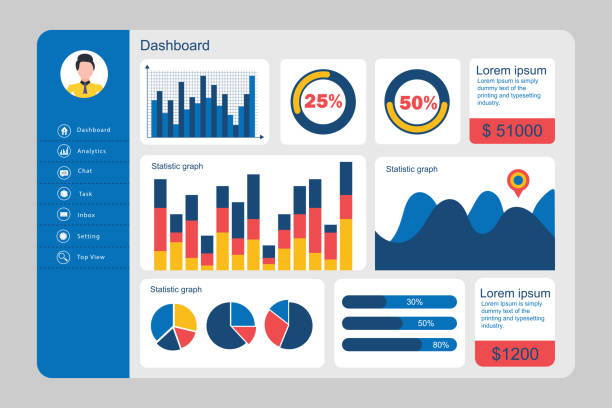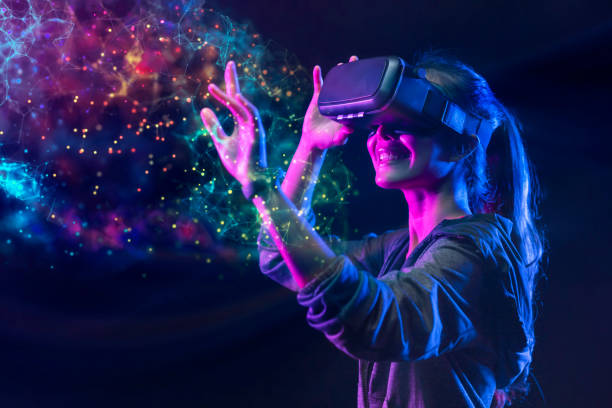Mobile design is more than just having a trendy appearance and grabbing your attention with eye-catching colors and entertaining pictures. It is true for good reason: the useful, innovative and user-centric features are equally significant. Designers are responsible for making your app appealing while also ensuring that the interface, visual components and navigation are in line with the audience’s requirements. It is crucial to stay current with every mobile app design trend.
But how can you be certain that neither the UX nor the style of your app’s design are dated? By keeping up with best practices and current design trends. Let’s look at the top mobile app design trends for 2023.
Why Do You Need the Latest Mobile App Design Trends?
A mobile product won’t likely appeal to you if it doesn’t follow the most recent design trends. Mobile app design trends change constantly and new ones always appear. Making the latest and most effective UI design mobile apps is difficult. Your application can become even more successful and recognizable with an innovative and user-friendly design. There are numerous reasons why mobile applications are trending and successful, including:

- Attract users that affect the decision-making process.
- Lead your industry with a responsive, attention-grabbing and intuitive design.
- Build a feature-rich app, and design speaks for the product’s functionality and user experience.
Why Are Mobile Apps Important in 2023?
Mobile apps are not just for the major players like Netflix, Amazon or LinkedIn. Mobile apps have become an essential part of our lives as smartphones and the internet are so pervasive in modern society. Every small and medium business is using mobile applications to advance their business in the digital era we are living in. They are an inseparable part of our daily routine, from social networking platforms to messaging apps, from online shopping to booking a cab. Mobile apps are essential to:
- Personalize your experience while using mobile apps.
- Keep your brand or products top of mind with the right settings.
- Assess the efficacy of marketing initiatives and deploy them.
- Interact with you and influence your purchasing decisions.
- Complete tasks more quickly than websites that enhance the user experience.
Here is the List of Best App UI Design Trend 2023:
Brutalism
Brutalism is one of the newest trends in app design that undoubtedly gains a little edge from this look. Brutalist UI design has bold typography, a black and white color scheme and loads of photographs. It is ideal to ensure that you will understand and value this artistic style.
Abstract Geometry and Animations
UI design trends have evolved towards new features, primarily spherical and circular abstract geometric shapes. You can utilize these patterns to give you a smoother experience so that you can use these shapes for backgrounds, borders and other design elements.
Face or Touch ID verification
This approach makes the product more user-friendly by preventing you from having to input the password each time you open the app. While using a face or touch ID, you aren’t required to remember your password. They add an added degree of security while also making your life easier.
Virtual and Augmented Reality
We can anticipate that in 2023, virtual and augmented realities will become major trends in UX design. Augmented reality is one of the finest mobile app design trends for 2023, as it doesn’t need any additional gear but still produces stunning results.

Motion Video and Animation
Animation could improve the in-app navigation, add creative pictures to the onboarding screens, or make your typography more dynamic. If 3D design pays attention, it will undoubtedly be one of the most popular app design ideas in 2023, despite still having a unique appearance. Utilizing video and animation in your marketing strategy will increase the number of leads and brand loyalty that come to your landing page.
Illustrations
Some objects can only be seen from two axes, but there is a third axis that enables us to observe things in a far more original and accurate manner. It will be simpler to comprehend the mobile app UI design to represent all product angles using 3D graphics.
Futuristic Colors
Neutral colors are no longer synonymous with a neutral interface. Mobile UI ideas insist on drawing attention to the design’s most crucial element on using futuristic colors. They support differentiation from other neutral designs that frequently share similarities.
Transparent Elements
Transparent elements make design depth more apparent. Additionally, this is a further technique for emphasizing specific components and improving the clarity and appeal of the design.
Dark Mode
Dark mode often uses interface themes that are currently available in a vast array of apps and devices. In contrast to the default mode, which has dark text on a white background, the text is white and the background is dark in the dark mode. There is an option to switch between these two modes on an increasing number of gadgets and applications.
Neomorphism
Neomorphism gives you the ability to regulate the themes despite the fact that they appear complex. You must ensure that you can produce an interactive and original design before any application development. UI mobile app development is aided by the color combination, folder indications, and use of fonts when discussing ideas.
Sophisticated Scrolling
Parallax scrolling is a feature of contemporary websites that adds depth by using different scrolling rates for items on a single page. Particularly, the background scrolls more slowly than the main content does. A step further than this, sophisticated scrolling adds layers of fun and stimulation with distinctive images. You are given more insights into the personality of your brand, which should help them relate to you more personally.
Interactive Navigation
Interactive navigational elements enhance user engagement by creating an impression while using your website. It combines elaborate scrolling, hovering, and reveal effects on navigation menus. It enlivens your drop-down menus and interactively leads your user as naturally as possible.
AI sophisticates the Chatbot Sphere
The IT industry is heavily investing in machine learning as the demand for high-quality customer service increases. Improved customer experiences and human-like chatbot discussions will be made possible by AI and machine learning. These chatbot improvements include the use of more natural-sounding language, better grammar and vocabulary and even the capacity to recognize typos and spelling mistakes.
Overstimulation
In terms of digital design, overstimulating users with an aesthetic that is so distinctive, real and potent Animating your whole website is part of the overstimulated design trend.
Hover effect
In 2023, UX design trends will place a higher priority on the experience than on speed and usability. It’s all about creating special memories through brand interactions rather than quick user journeys. A special component of this interactive puzzle is using hover effects on your product images.
Transform negatives into positives
You are searching online for entertainment due to the increased unpredictability of current affairs. It all comes down to making the annoying error messages and wait times associated with 404s and loading sites into good experiences. Interactivity will keep you interested in and intrigued by your brand experience rather than prompting them to leave.
Voice-to-speech search
Innovative UX design trends enable voice-to-speech search and help with machine learning. Voice AI technology must achieve significant advancements in order to meet the growing demand for smartwatches. It is changing to support languages and understand accents more correctly in order to be more inclusive and lessen user annoyance.
What Has Changed in Mobile App Design Trends Since 2022?
Mobile app design trends are constantly evolving. The greatest options are still in place, though, because they can be modified and applied again in the future. The best solutions are those that cater to both users and your company. Discovering what has changed since 2022 will help us determine which trends will endure and which ones will pass this year.
| In 2022 | In 2023 |
| Dark mode | Dark Futuristic UI and anti-light modes |
| Accessibility in more sectors | Accessibility will be legal requirement |
| 3D and animations | Generative AI to create design assets |
| Inclusive design | Nostalgic and sentimental design |
| Minimizing complexity | Cross design and cross application user experience |
To conclude, there are numerous UI/UX app design trends 2023 getting popular and gaining customers’ attention every day. Staying updated with the latest UI/UX design trends leads to effective and successful mobile applications. Due to this, user experience design companies must follow the best mobile design trends to develop mobile applications.
Frequently Asked Questions
Q: What is the next big trend in UX?
Ans: Voice user interface (VUI), augmented reality and virtual reality, minimalism, microinteractions, 3D and motion design, artificial intelligence, gamification and data visualization are the next big evolving trends in UX.
Q: What are the most recent trends in UI and UX design?
Ans: Dark themes, micro animation, 3D, passwordless login, gradients, design for disabled people, supporting voice interactions, augmented reality, multi-dimensional navigation and layered sheer screens are the most recent trends in UI and UX design for designing a mobile application.
Q: What mobile UX trend will be popular in 2023?
Ans: Artificial intelligence, microinteractions, social networking components, Face and Touch ID, and AR/VR are among the UX innovations expected to grow in popularity in 2023.
Q: What is the next level for a UI/UX designer?
Ans: Professional development as a UX designer may follow one of the four main paths: management, individual contributor, freelancer, or a specialized function within the UX design industry.
Q: Is UI/UX design a good career in 2023?
Ans: Yes, UI/UX design is a great career choice in 2023. Personal and professional advancement, excellent income and the option to work remotely make skilled designers in high demand.


